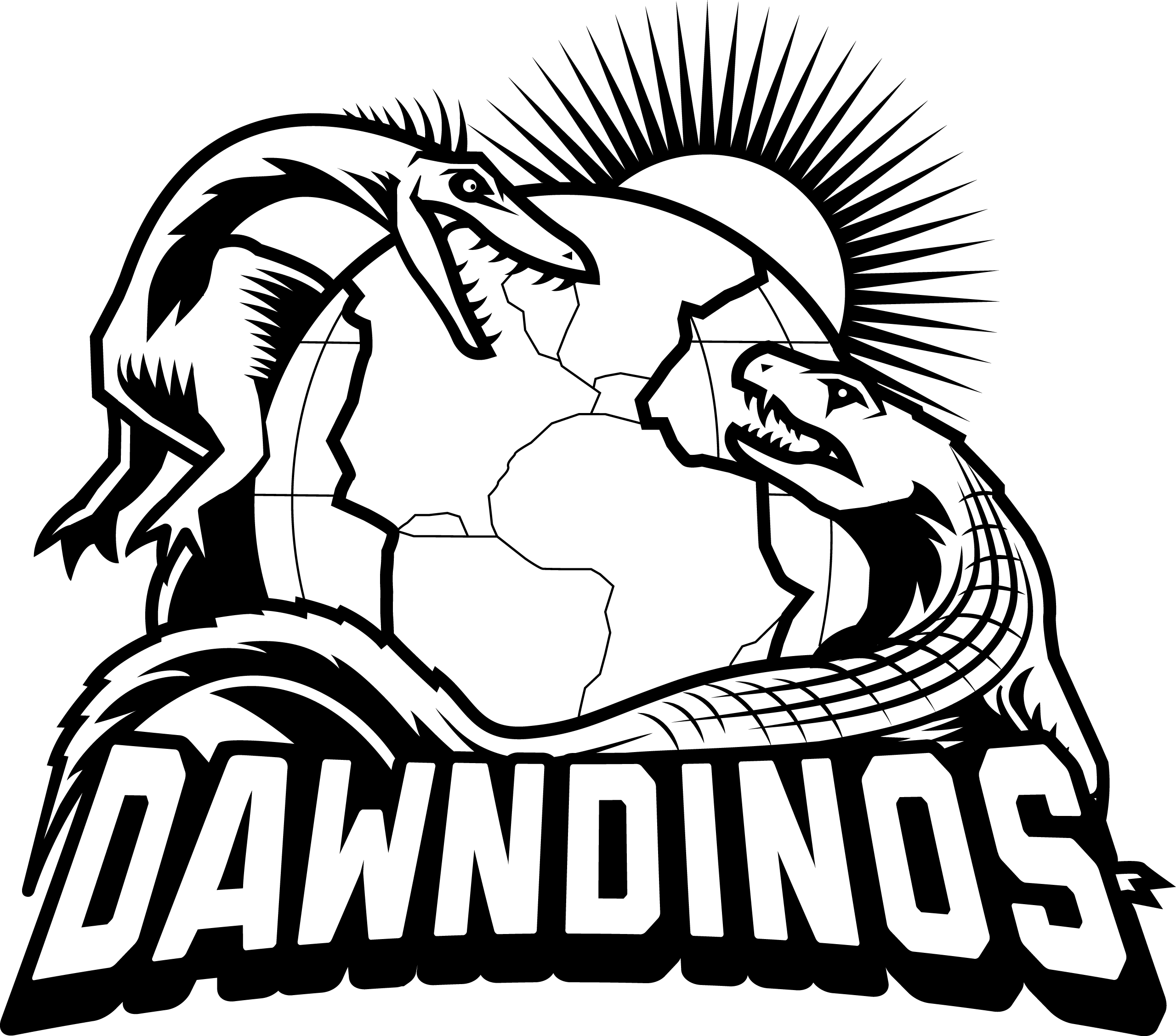The Triassic period spanned from 252 to 201 million years ago. This period (the first of the Mesozoic era) followed the largest mass extinction the world has ever experienced, with over 90% of life on Earth dying out at the end of the Permian (last of the Palaeozoic era). That Permo-Triassic mass extinction was triggered by rapid runaway global warming, so the Triassic started off much warmer than today, with vast deserts spanning over the single large supercontinent called Pangaea. It would take almost six million years for the first large woody trees to reappear, and another two million years for the trees to be sufficiently abundant for forests, allowing for the formation of coal to restart.

However, the Permo-Triassic extinction opened the way for many new lineages to evolve, disperse and diversify. Amongst these new animals were the archosaurs – the “ruling reptiles”. Within the Archosauria are the Ornithodira (“bird-necks”; the lineage that contained dinosaurs and pterosaurs) and the Pseudosuchia (“false crocodiles”; the lineage that ultimately gave rise to crocodiles). Whilst the archosaurs’ ancestry is predicted to have been late in the Permian (they presumably were rare back then), the first archosaur fossils are not known until the Olenekian (the Early Triassic). Yet by the end of the Ladinian (Middle Triassic), archosaurs were the dominant, widespread terrestrial vertebrate group, having overtaken the synapsids (the group that later gave rise to the mammals, but at that time consisted only of more reptile-like forms) who had dominated Pangaea since the Permian.

Whilst all that is left of the pseudosuchians today are the modern crocodiles that live in and around water, the diversity of pseudosuchians in the Triassic was much higher. There were large armoured terrestrial aetosaurs that looked very much like later armoured dinosaurs, although many aetosaurs were probably omnivorous or insect-eating. The poposaur lineage included early quadrupeds, bipedal carnivores and even bipedal herbivores/omnivores with beaks! Additionally, there was a lineage of large carnivorous quadrupeds called the rauischians that reached 5-6 metres in length, and probably were the top predators on land at the time.
At the end of the Triassic, another mass extinction occurred, wiping out about half of the species known from the fossil record at that time. Whilst debate over the cause(s) of this extinction continues, there is no doubt about the extinction’s effects on the archosaurs. By the Jurassic, the diversity of pseudosuchians was greatly reduced, with only a handful of lineages making it across the boundary. Pseudosuchians would never again reclaim the diversity or dominance over terrestrial ecosystems that they had during the Triassic. The opposite was the case for the cousins of the Pseudosuchia, the Ornithodira. During Jurassic and Cretaceous periods, the terrestrial realm became dominated by the dinosaurs (and pterosaurs).
Why did dinosaurs become so dominant across the Triassic-Jurassic boundary whilst the pseudosuchians were so decimated? From the Jurassic onwards, why did the crocodile lineage remain restricted mainly to amphibious quadrupeds, whilst the dinosaurs radiated into many sizes, forms and behaviours and even survived the end-Cretaceous extinction as birds?
A hypothesis proposed back in the 1970s is that dinosaurs, even in the Triassic, had “locomotor superiority” over pseudosuchians and other land animals, based upon the anatomy of their hips and hindlimbs that might have given them better ability to run and execute other behaviours such as jumping. Our project aims to test this hypothesis by investigating how anatomy and locomotor abilities are (or are not) linked in disparate species of archosaurs.


